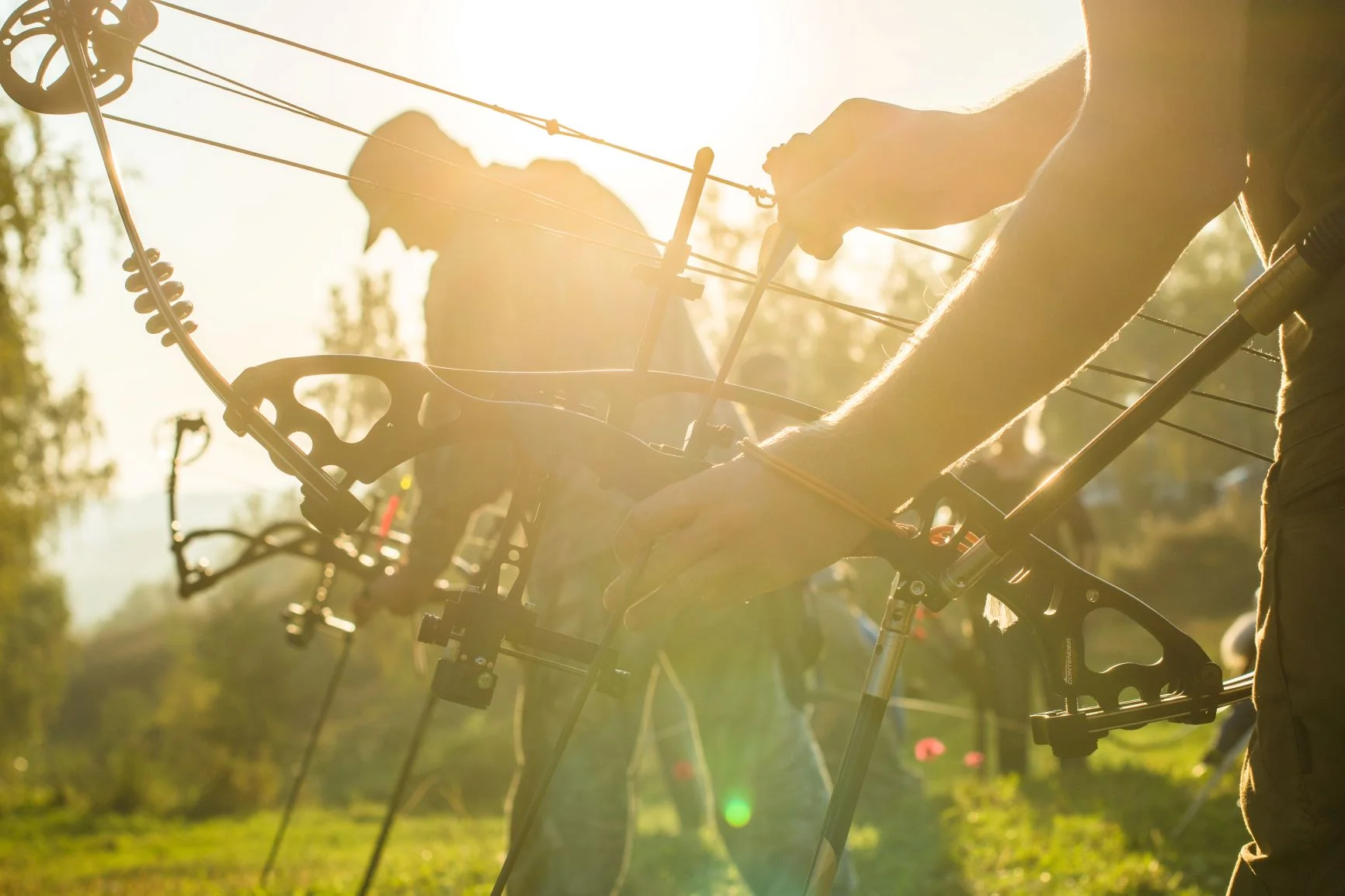Annual Fundraiser and Awards Banquet
Elk Migration Study
Residents of the Elk Valley have suggested that elk migratory patterns have changed in recent years, such that elk are no longer in some areas where they were once plentiful. Several hypotheses have been suggested for the changes in elk migratory behaviour, including winter range enhancement, increased access to agricultural products such as hay, and predator avoidance.
In discussion with Tara Szkorupa, regional biologist, it was suggested that perhaps the club could fund a study design, which would be used to solidify additional funding for a full elk study. Kim Poole was hired to put together the study design, and with that we were successful in obtaining funding from Upper Kootenay Ecosystem Enhancement Plan(UKEEP). The project also received additional funding from SDFW, Fernie Rod and Gun Club, Teck, Jameson, and Canaus which allowed the deployment of additional collars. FLNRO has provided a lot of in kind support as well, and continues to do so.
Long term objectives o this project are to identify migratory patterns of elk in the Elk Valley, to compare these data with previous studies(Natal Ridge study), and to contrast survival estimates between migratory and non-migratory elk. The objectives for year 1 of this 3 year study are to:
1. Capture, radio collar, and sample 40 adult cow elk;
2. Monitor movements and survival;
3. Identify causes of cow mortality; and
4. Conduct spring composition surveys(carry-over counts).
So far, to date, we have corral trapped 10 cows at 3 different locations and are currently starting at a 4th location, with Dave Beranek co-ordinating these efforts. Helicopter net gunning should commence late February and by the end of March we hope to have all 40 collars deployed.
A big thanks to all the people and companies that have donated both time and money towards this project and continue to do so as it goes on!!



